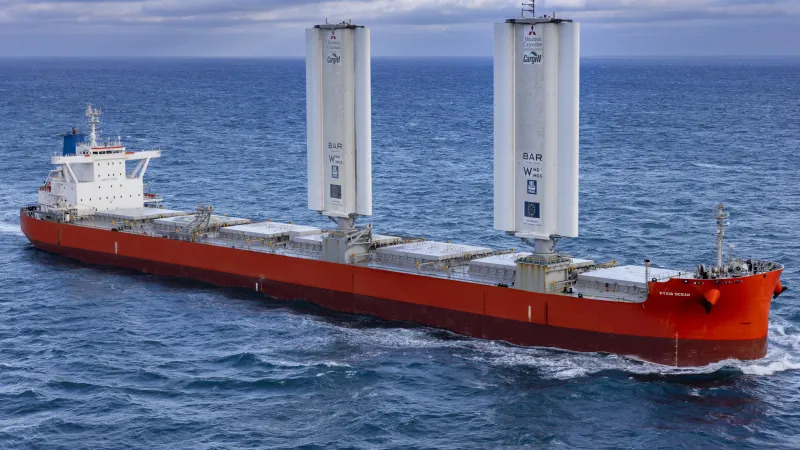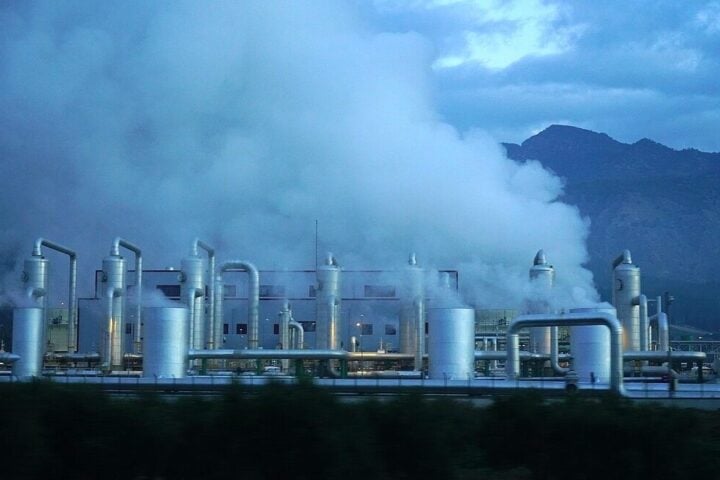The International Maritime Organization (IMO) aims to integrate a minimum of 5% low-carbon systems in the maritime sector by 2030. While much of the effort is focused on adopting biofuels, the context is also favorable for the emergence of new, cleaner technologies. This has led to the launch of the world’s first wind-powered cargo ship. During its initial months of testing, the ship has proven its efficiency and positive environmental impact.
In the fight against climate change, maritime transport (like many other sectors) strives to combine ecology and efficiency. Aligning with this approach, the cargo ship Pyxis Ocean, managed by MC Shipping, has shown a daily fuel savings of three tons, leading to a reduction in daily CO2 emissions of 11 tons. Behind this achievement is a new technology of modern sails designed by the company BAR Technologies, called WindWings. BAR Technologies and Cargill even won the Gold Award in Smart Transportation at the 2024 Edison Awards™ for their pioneering work on the Pyxis Ocean. This dry bulk vessel, owned by MC Shipping, is the first to be retrofitted with BAR Technologies’ innovative WindWings® technology.
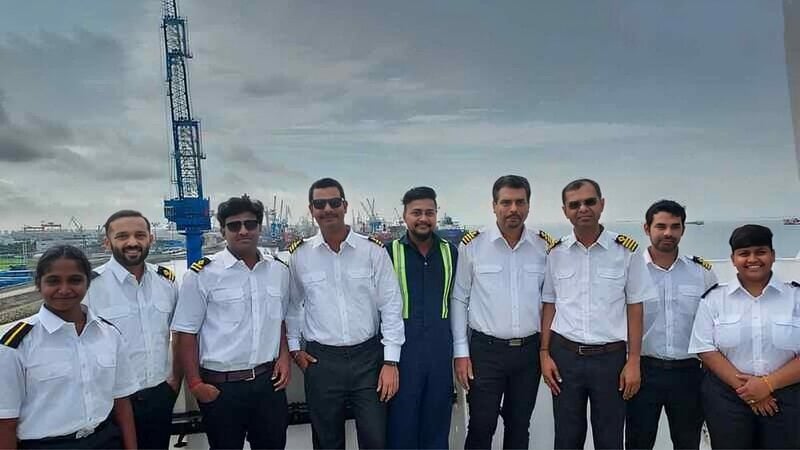
Equipped with this system, the Pyxis Ocean is the world’s first wind-powered cargo ship. Chartered by Cargill, it was inaugurated in August 2023 before embarking on a six-month sea trial, which ended this March. The results were recently shared by Cargill.
During these six months, the Pyxis Oceanᅳequipped with two WindWingsᅳnavigated through the world’s major oceans (Indian, Pacific, North and South Atlantic) and covered a wide variety of maritime conditions. Its route also included two of the most challenging navigation points: Cape Horn at the southern tip of South America and the Cape of Good Hope in South Africa. These passages are known for their extreme weather conditions and rough waters.
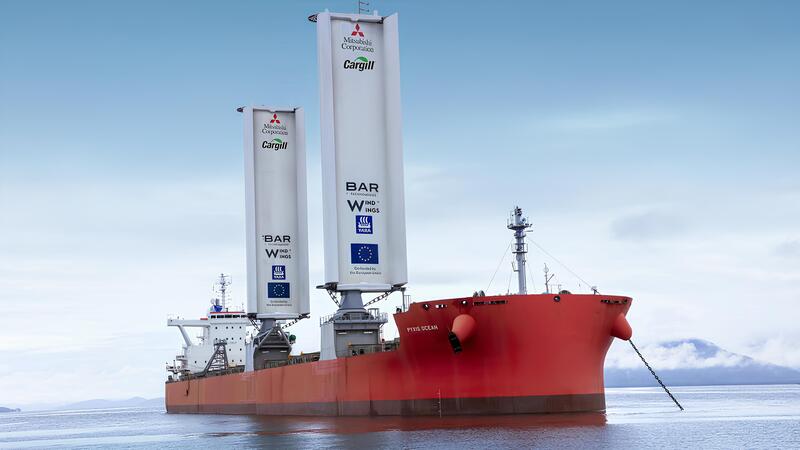
Standing 37.5 meters high, the WindWings are rigid structures made of steel and fiberglass. These vertically installed sails are linked to a system of indicator lights located on the ship’s bridge to guide the crew on when to activate or deactivate them. They are controlled via a touchscreen.
Once activated, the WindWings automatically adjust their position based on the variations in wind direction and force measured by onboard sensors. This autonomous reaction capability ensures that the ship always benefits from the best possible assistance from the sails.
Similar Post
The main goal of the WindWings is not to completely replace the diesel engines that traditionally power ships. Instead, they are intended to provide an additional source of propulsion, thereby reducing fuel consumption. According to Cargill, with three of these wings, consumption is reduced by 30%. Moreover, if the ship uses biofuel, the reduction could rise to 50%. Currently, the company plans to implement this three-wing configuration on the majority of its future ships.
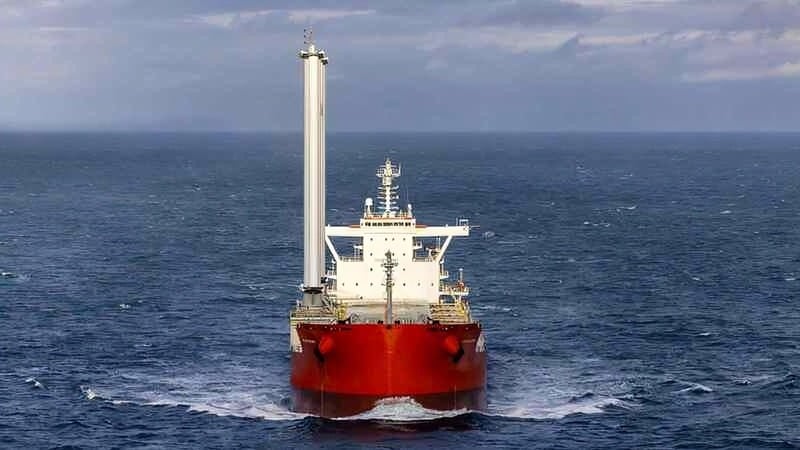
It should be noted that WindWings cannot be installed on all types of ships. They are suitable for bulk carriers that transport their cargo in large holds located below the deck. This leaves the upper deck relatively clear, providing space to install the sails.
The Pyxis Ocean, a Kamsarmax bulk carrier from Mitsubishi Corporation Shipping chartered by the American agricultural giant Cargill, saved an average of 3 tons of fuel during the six-month trial of its two WindWings rigid sails from Bar Technologies (BARTech). According to Cargill, this represents approximately 14% savings on the Pyxis Ocean and a reduction of 11.2 tons of CO2 equivalent per day in well-to-wake emissions.

In optimal conditions, fuel savings peaked at 11 tons per day, according to BARTech. Furthermore, future Kamsarmax vessels are expected to be equipped with not two, but three WindWings sails. “With Cargill are now able to validate our performance predictions and modelling in real-world conditions, it’s an exciting time as we begin to roll out WindWings® production globally,” said John Cooper, CEO of BARTech, who recently announced that the company would produce its systems in China and Spain. “The results of the Pyxis Ocean’s first voyage with WindWings® installed clearly demonstrate that wind assisted propulsion can secure significant fuel savings and emissions reduction. For example, in near optimum sailing conditions, during an open sea voyage, the Pyxis Ocean achieved fuel savings of 11 tonnes per day,” he said.
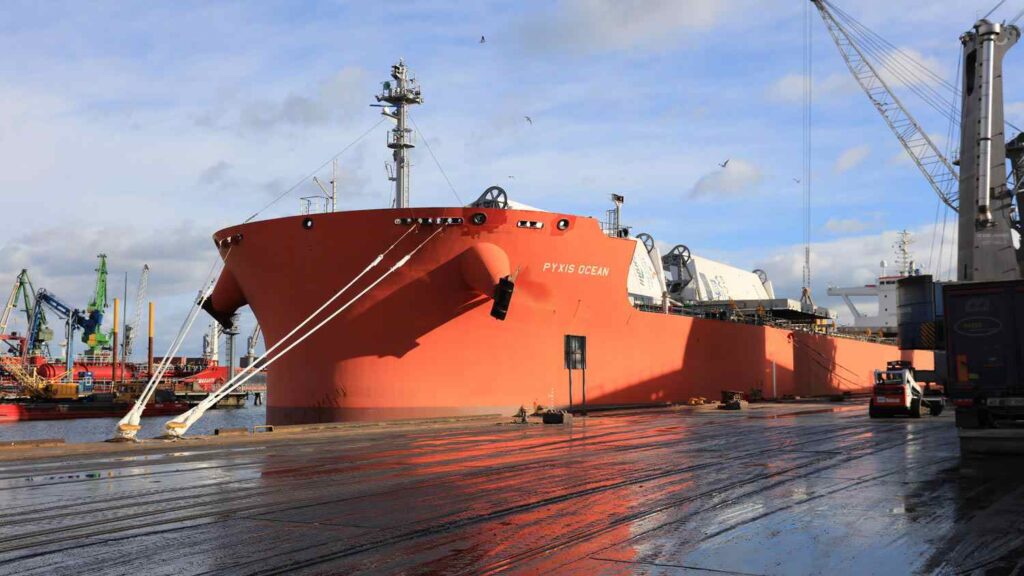
The Pyxis Ocean was the first ship equipped with the WindWings system developed by the British engineering firm BARTech. This 229-meter-long vessel, with a width of 32.26 meters and a deadweight tonnage of 80,962, was built in 2017 and equipped with two 37.5-meter-high wings to reduce its fuel consumption. One of the wings was financed as part of a European Union Horizon 2020 project. The wings were produced in the Shanghai region of China. They were installed nearby by Cosco shipyards, and the vessel set sail in August 2023. It tested the wings in the Indian Ocean, the Pacific, the Atlantic, and passed the Cape of Good Hope and Cape Horn.
These rigid sails are controlled from the bridge via a touchscreen. The crew is informed when to deploy them, and the adjustments are automated by a set of sensors.
This system consists of fully retractable rigid sails on the deck. They are divided into three parts that adjust according to the wind direction, which the vessels can exploit at all speeds. This equipment is suitable for new constructions as well as retrofits and can be adapted to different types of ships.
